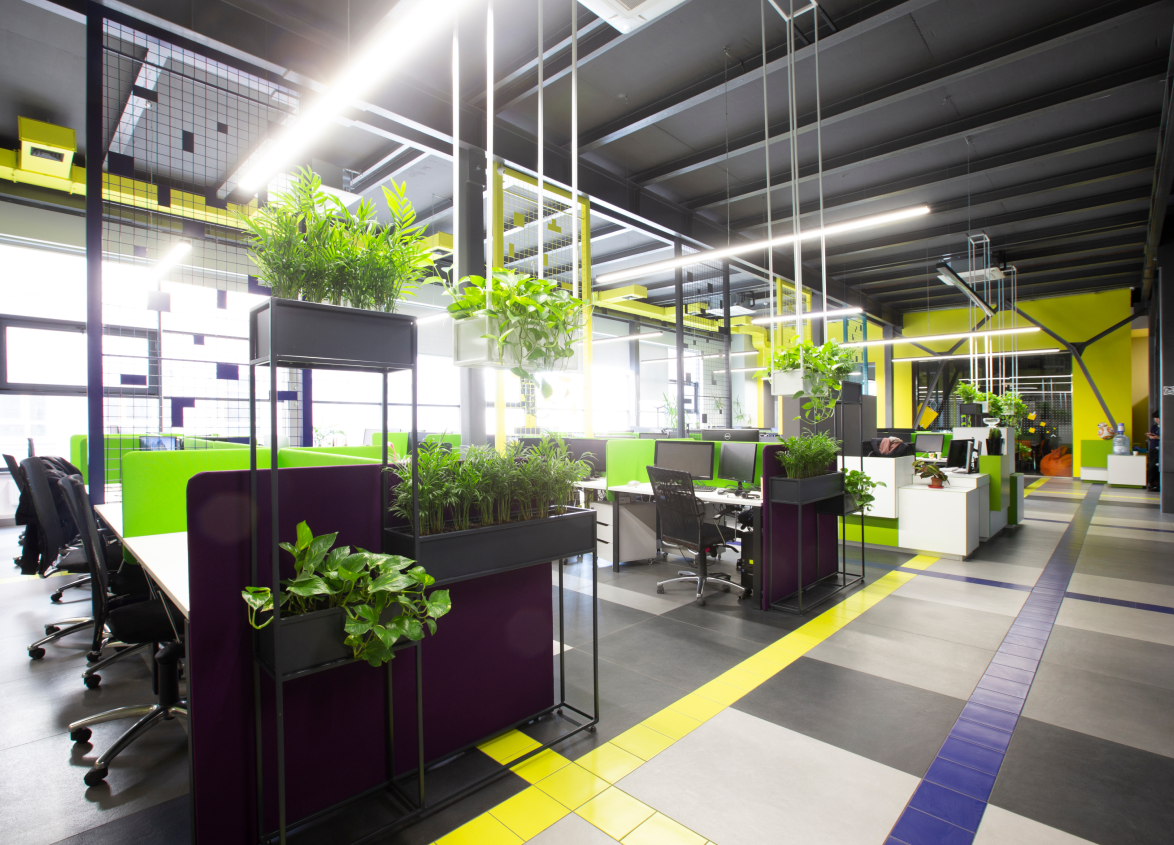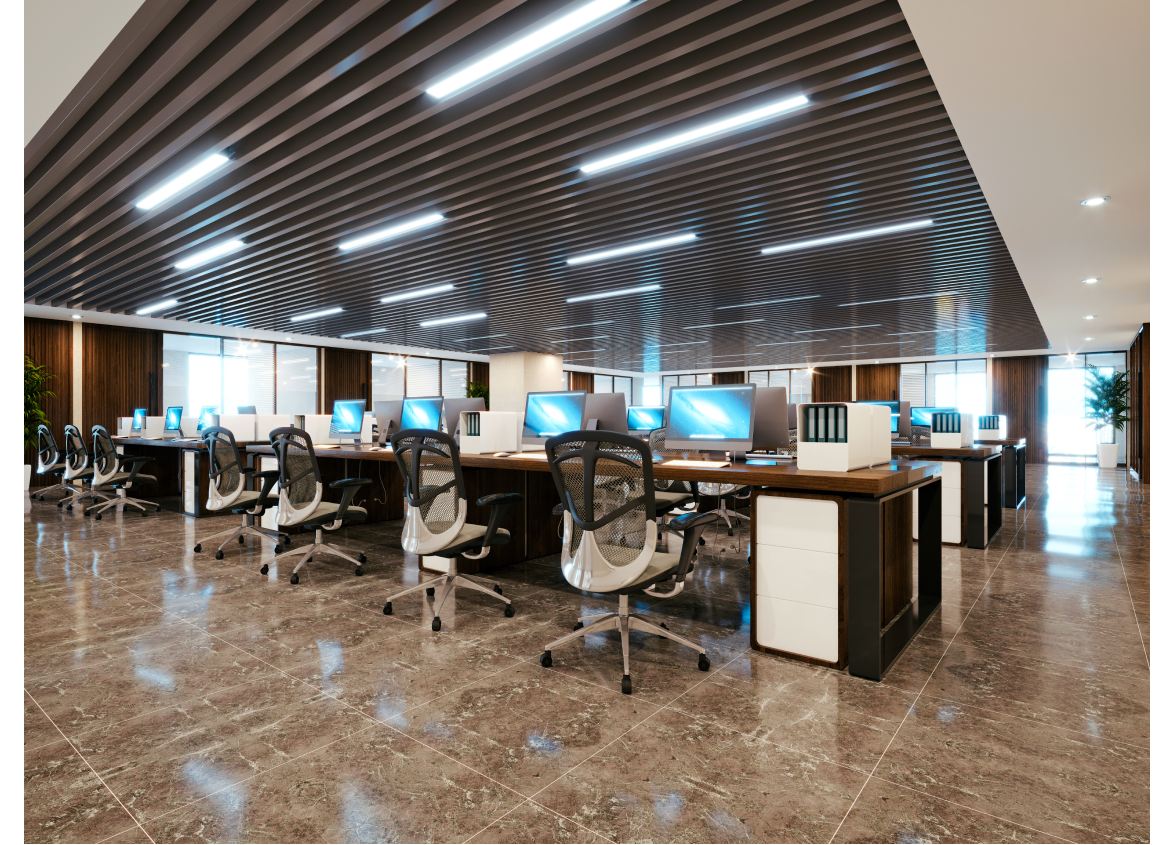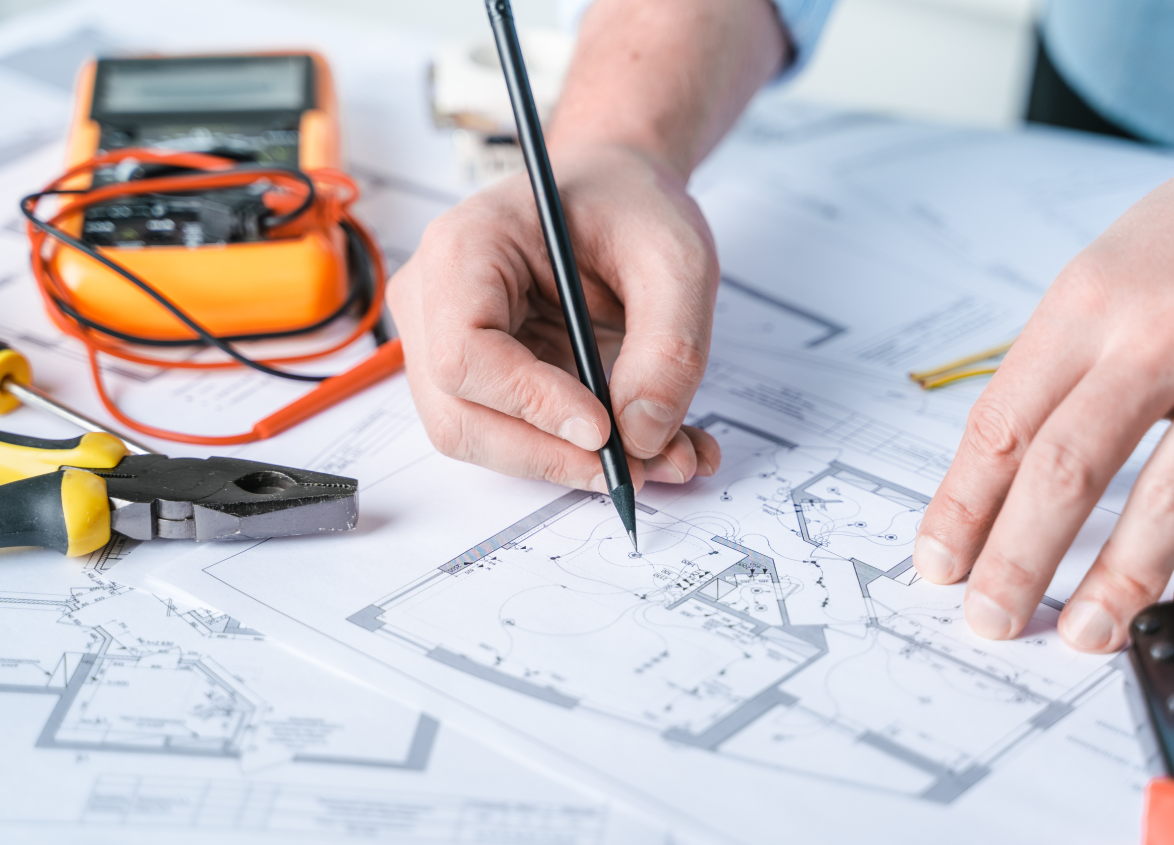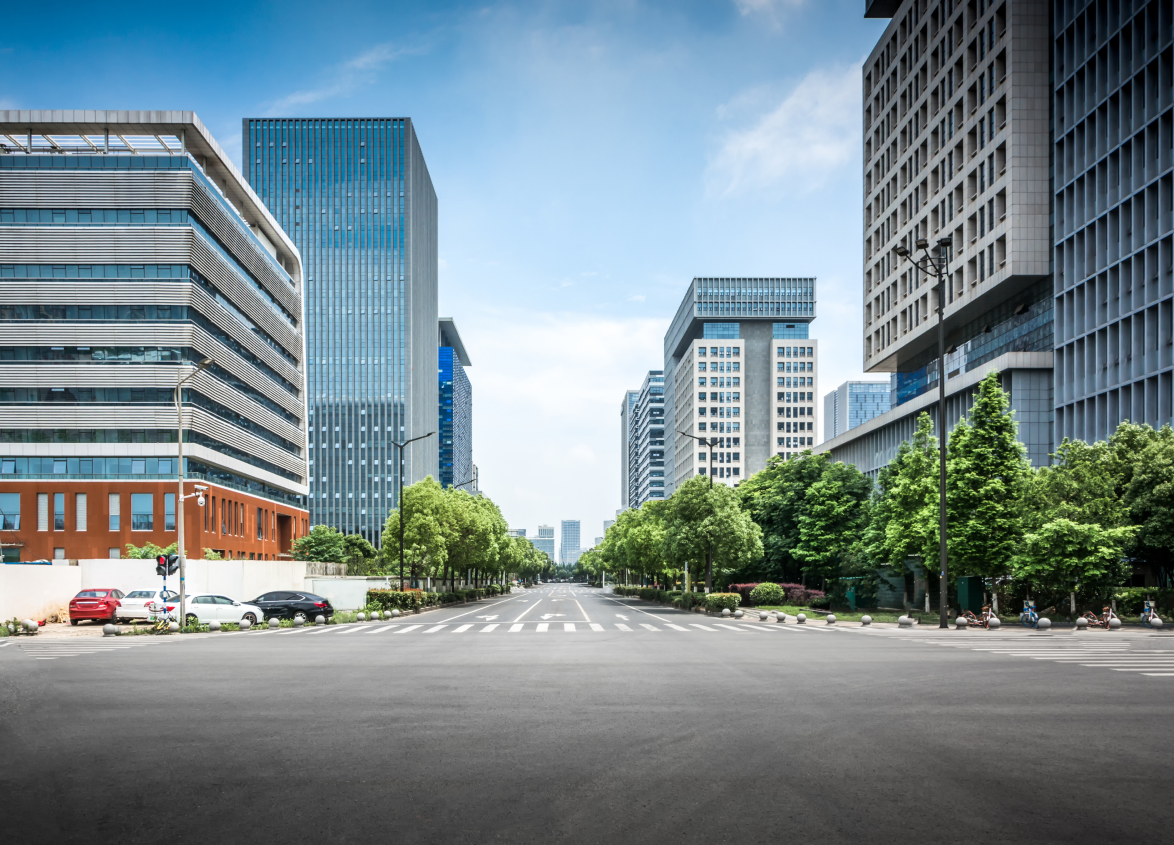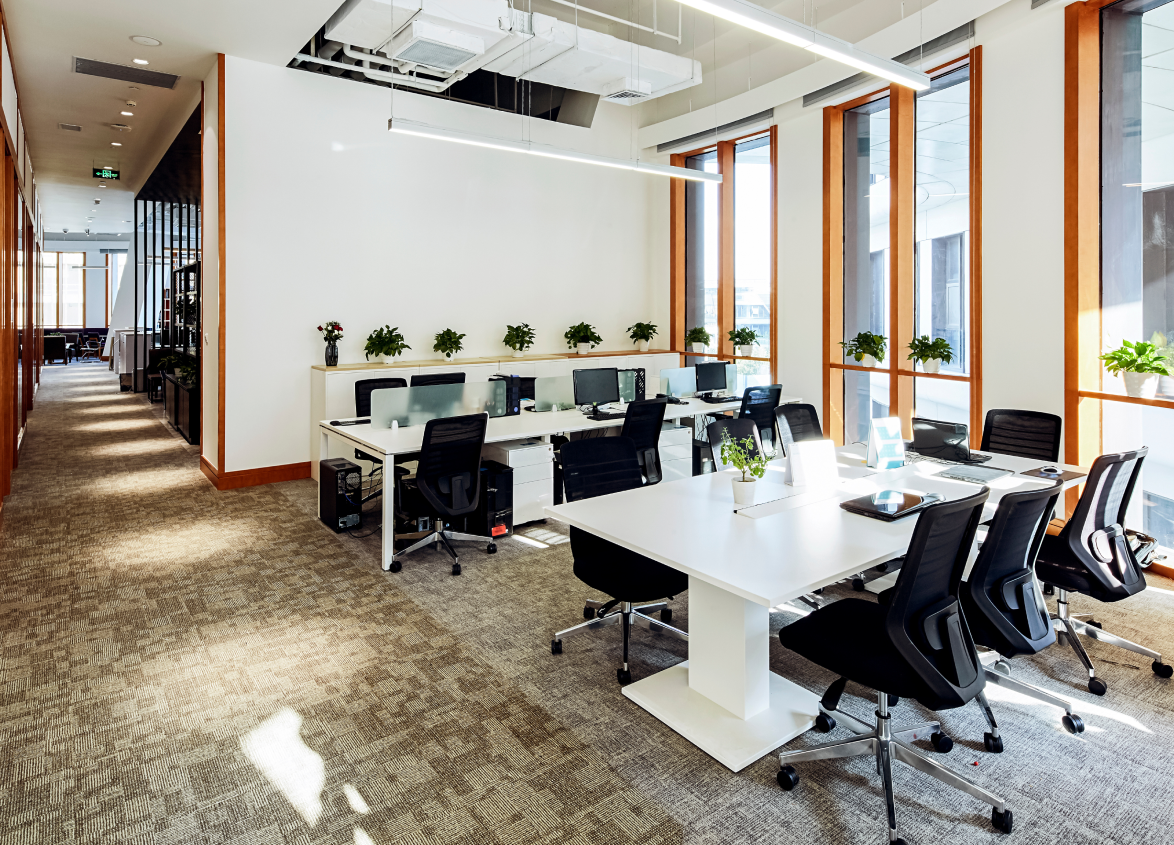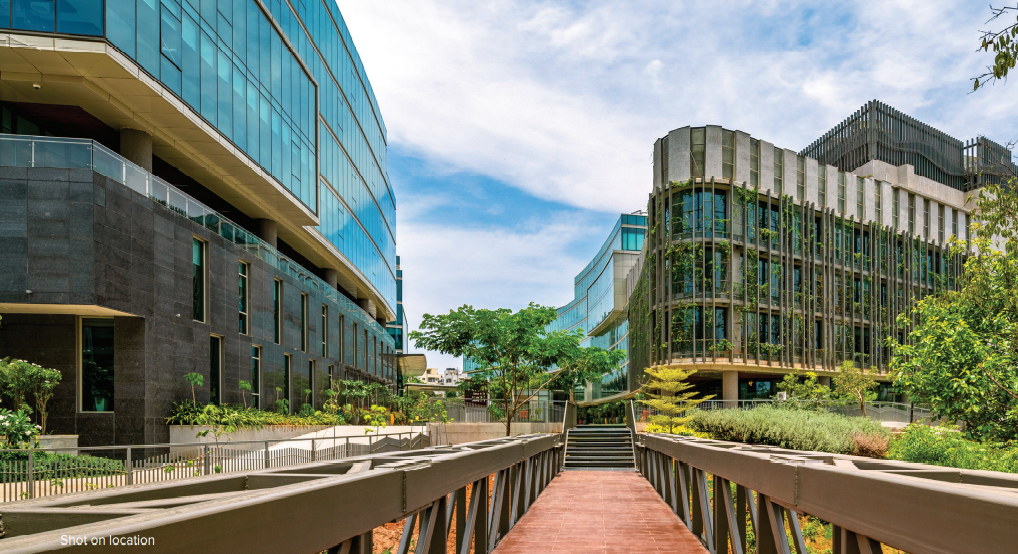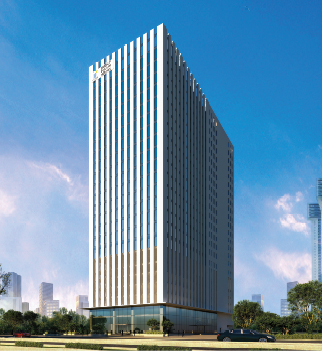
Commercial
Proven Ideas to Improve Workplace Efficiency and Boost Productivity
October 10, 2024
Did you know multitasking can reduce productivity by around 40%? Countless factors can significantly negatively or positively affect your productivity.
Productivity is crucial in every business organisation in order to cope with competition. Therefore, it is necessary to ensure that employees are able to perform their duties efficiently. Overall productivity in a workplace means better team results, happier employees and thus increased satisfaction levels and profits.
Let’s explore some ideas to improve workplace efficiency that are supported by several groundbreaking studies.
Understanding Workplace Efficiency
Organisation efficiency means how employees at a workplace optimise their time, effort, tools and materials available to achieve the organisational goals and objectives in the least possible time.
Effective workplace productivity aims to minimise steps that do not add value so as to enhance the delivery of tasks more efficiently and effectively. Productivity also means better utilisation of the resources available, enhanced quality of work done and maintaining high morale among employees.
Workplace efficiency has a great effect on the business’s profitability, employees’ productivity and future viability. Let’s learn more about them in detail.
Importance of Workplace Efficiency
Cost Savings: Efficient processes reduce wastage and increase employee productivity, enabling companies to save time and money. For example, automating operations such as repetitive tasks or project management can easily reduce operational costs.
Increased Productivity: When time is well managed among the employees, they can quickly accomplish several tasks within a given period, which, in essence, enhances total productivity. Improved productivity among the employees will lead to a shorter project cycle and enhanced overall project success.
Employee Satisfaction: Optimising the workplace decreases frustration and stress, thus improving employee productivity. Well-defined goals, efficient work processes and proper tools help employees feel completely accomplished and, therefore, increase job satisfaction.
Competitive Advantage: A workforce that is efficient quickly responds to users’ needs and gains a competitive edge. An organisation that boosts workplace productivity is adaptive and takes a step in the right direction with regard to achieving its goals and objectives.
10 Ideas to Improve Workplace Efficiency
Here are some tried and tested ideas to improve efficiency at work:
1. Prioritise Tasks
One powerful strategy that can be used to make significant positive strides is that of prioritisation of tasks for improved efficiency at the workplace. If the employees are taught how to prioritise tasks according to their needs, critical tasks will always be completed first. This avoids delays and low productivity.
Tools like the Eisenhower Matrix can help employees categorise their tasks into four quadrants: urgent and important, important but not urgent, urgent but not important and not urgent at all. This analysis will assist in knowing which tasks need to be given more attention and which can be delayed or eliminated.
2. Automate Repetitive Tasks
Automation of repetitive tasks has a remarkable ability to enhance productivity in the workplace. These range from sending regular reminders to entering data and report generation. The time can be saved and used for other, more meaningful activities.
Some of the widely used automation tools include Zapier for task automation, Hootsuite for social media scheduling and Slack for quick team updates. All these tools not only increase productivity but also decrease the occurrence of errors in the workplace.
3. Take Breaks
This might sound a little paradoxical, but breaks are crucial for increased productivity and not the other way round. Being stringent related to breaks would likely lead the employee to get stressed, tired and, hence, be less attentive than they could otherwise have been. Thus, if the employee is allowed to take tea breaks (or cigarette breaks) every now and then, they will be able to work on the tasks with much more energy and focus.
Research has shown the benefits of breaks, such as sharpened focus, enhanced ideas and general employee performance. Simple techniques such as the Pomodoro Technique can boost overall efficiency. This involves working for 25 minutes, then taking 5 minutes of breaks and then working for the next 25 minutes. This can be incredibly efficient in order to ensure workers remain productive throughout the day.
4. Commit to Deadlines
Another really effective technique to maximise productivity is work deadlines. When employees are aware of the timeline of projects or the due date of some particular assignment, they can manage their time accordingly and not waste it. Paying attention to deadlines also assists in giving direction on the working plan and duties of various teams, thereby improving the flow.
5. Ask for Feedback
Providing and receiving feedback from their subordinates or peers will help increase employees’ efficiency and productivity. It is a way for them to learn how to change their working methodologies as they identify their weaknesses. Ensuring managers and team leaders provide constructive criticism whenever needed is essential.
6. Minimising Distractions for Enhanced Concentration
Distractions can be one of the biggest perils for employees. Whether it is always buzzing of smartphones or noisy open office plans, disruptions make workers slow down and spend more time doing their work. There are different ways that companies can put into practice, such as the implementation of quiet areas or designated workspaces where people can work without being disturbed.
Restricting distractions and notifications during deep work or using specific apps such as ‘Focus@Will’ to increase focus among employees is useful and time-effective. Solutions to decreasing distractions also lead to an enhanced working environment and improved quality of work.
7. Effective Communication for Better Collaboration
Effective communication is the backbone of any organisation. Informal communication that is well articulated, brief and at the right time effectively eliminates misunderstandings and minimises mistakes. Further, proper communication channels such as daily or weekly team meetings, project collaboration tools and instant messaging apps like Slack are important for increasing workplace productivity.
8. Reducing Meeting Overload
Meetings are essential, but overdoing anything can also hamper productivity levels. Minimising the number of meetings is another good way to enhance productivity at the workplace. Avoid holding long and frequent meetings; instead, prefer brief meetings specific to setting goals and achievements.
9. Leveraging Technology for Efficiency
Sufficient use of technology in the workplace has the potential to enhance work productivity in various ways. Inculcate working tools such as project management software, communication apps and SharePoint, which can be used to delegate many tasks.
Technology becomes crucial in supporting the communication and workflow of remote employees. Some of the most popular applications and websites include Zoom for video conferences, Dropbox for sharing files and documents and Trello for project management, among others. They enhance the effective flow of work. Investing in the right kind of technology can be a vital asset for your business.
10. Learn How to Say No
Too many tasks can overwhelm employees, reducing the firm’s productivity. Any worker or manager needs to grasp when to say yes or not to take on more work. Saying yes to everything will only lower the organisation's total productivity since that person attempts to overpromise and overburden themselves. Saying yes to only particular tasks will help them focus on crucial tasks and perform them optimally.
Setting boundaries is undoubtedly one of the best ideas for improving efficiency at work. This can go a long way in improving work output because employees will prioritise what needs to be done so that they do not overburden themselves.
Sustainable Workplace and Workplace Efficiency
Sustainability is a growing concern for modern businesses and is central to the concept of workplace efficiency. A green office discourages resource wastage, encourages environmental conservation and enhances a working environment's orderliness and productivity.
Technologies related to energy conservation could be installed in the organisation's workplace; employees could also be encouraged to use recycled products. Digitalising paperwork can be a tremendous step in improving workplace efficiency.
Flexible Working Arrangements for Productivity (Remote Work Options)
As more people continue working from home and opt for hybrid options, another effective means of increasing organisational productivity is providing flexibility in working conditions. Enabling employees to work from home enables them to organise their time, take care of family responsibilities and be relieved from the pressures caused by travelling to work.
Flexible working arrangements can be incredibly useful for remote employees. One major advantage demonstrated typically with flexibility is that it enhances commitment and performance while requiring less overhead expenses. Providing the right tools and equipment to them can be a great way for organisations to function smoothly.
Conclusion
Enhancing employment conditions is crucial for creating a favourable and effective business climate. If businesses apply the ideas to optimise work processes and increase efficiency by – prioritising, minimising unnecessary actions, automating, etc. —they can improve the work climate.
Applying such measures to improve employees' performance results in happier employees and superior organisational performance. Every company, whether large or small, should always consider refining itself and promoting efficiency as a way of improving business in the long run.
MUST READ
Looking for something specific?
We'd be delighted to help you.






